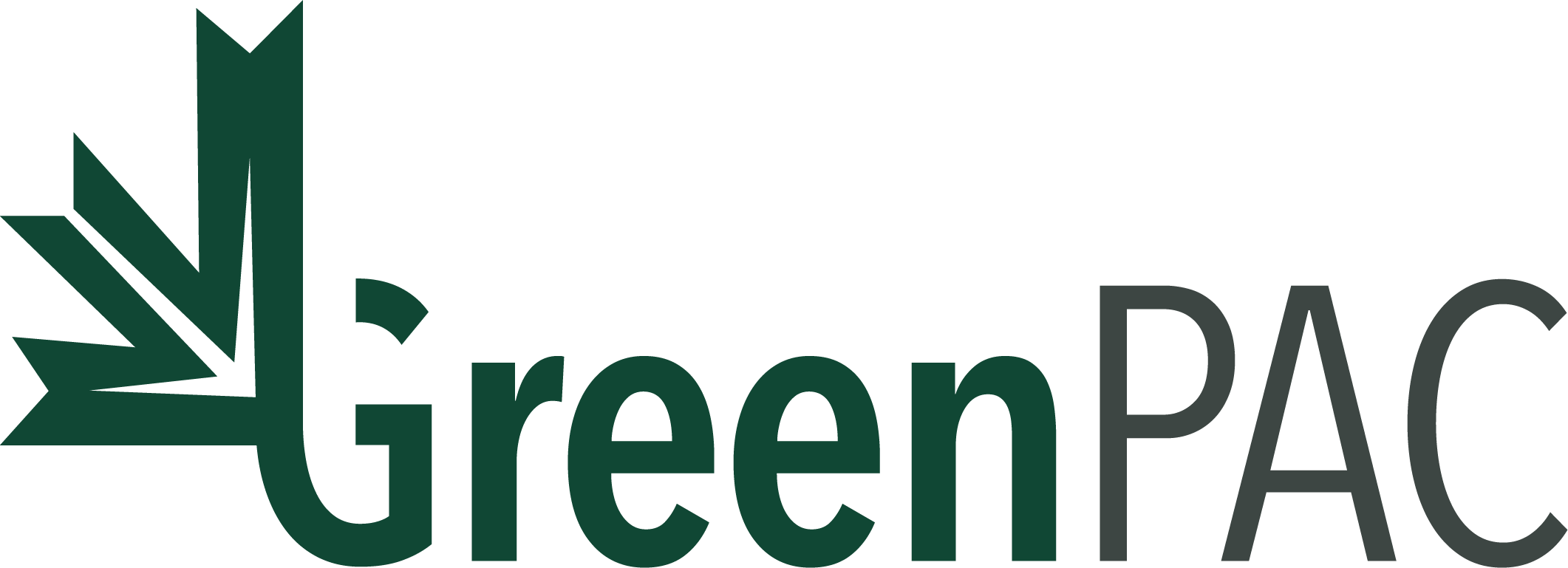Food Insecurity in Canada’s Indigenous Communities – A Colonial Legacy
- brasitsan
- Feb 19, 2016
- 4 min read
This is a blog written by GreenPAC intern Rachel Ball-Jones. The opinions expressed in this article are of the author’s, and are not necessarily reflective of the views of GreenPAC.
Since taking office, Prime Minister Trudeau has made historic strides towards furthering the rights of Indigenous peoples across Canada. Increased funding for programs to alleviate poverty, and the beginning of a national inquiry on missing and murdered Aboriginal women deserve due recognition. However, where the government still lacks significant legislative progress is in addressing the issue of food security in Indigenous communities.
Food security is broadly defined as “access to sufficient, safe, nutritious food to maintain a healthy and active life.” This is a particularly important issue in Canada’s northern communities and reserves, where the number of food insecure households reaches as high as 90 percent. In the last few decades, Indigenous food security and sovereignty issues have gained traction alongside efforts to improve the standard of living for all Indigenous Peoples in Canada. New programs have been piloted to improve the staggeringly high rates of food insecurity in northern Canada, and many of them have made quantifiable changes for the better. However, in order to develop meaningful, lasting solutions to Indigenous food insecurity, it is important to understand the roots of their livelihood crisis.
Food insecurity in Northern Canada
Until the first Indian Act in 1870, Aboriginal communities subsisted off the land in ways that were both ceremonial and communal. Many holidays were (and still are) dedicated to different aspects of hunting or cultivating food, and food was generally shared among members of the community. Community elders passed traditional knowledge onto younger generations through oral history and mentorship.
Unfortunately, under European colonialist policies, forced migration, residential schools, and individualized land systems disrupted the system of traditional food knowledge. The family and food structure that was so important to aboriginal communities was lost in the new cultural structures that were imposed by colonial powers. Colonizers moved aboriginal groups around the country, enforced individualized farming practices, and instituted a system of residential schools for future generations of Aboriginal children. The loss of traditional lands meant that communities couldn’t continue to gather and hunt highly localized plants and animals, and the introduction of residential schools prevented new generations of children from learning traditional uses of food and land. Furthermore, hunting and damming by colonial leaders drastically changed the makeup of wildlife across Canada (such as bison and fish), leading to further depletion of traditional food sources for Aboriginal Peoples. Now, hundreds of years later, many Aboriginal communities are experiencing repercussions from colonial systems of land use. Across Canada, nearly one third of all on-reserve aboriginal citizens are food insecure.
Towards Solutions
Some of the barriers to improving food security in northern communities are logistical. Northern communities are situated far from centers of food production, and local food options are increasingly nonviable because of environmental changes and growing populations. In many northern communities, food access is limited by the scarcity of grocery stores and fresh produce. Still, there is much we can do to empower northern communities and equip them with the tools they need to take control of their own food resources.
For example, in Manitoba, there are many government and NGO programs working to alleviate rates of food insecurity across the province. In 2003, Manitoba began implementing the Northern Foods Initiative, a program specifically designed to combat food insecurity in Aboriginal communities in Manitoba. This project is a multifaceted approach that includes a variety of individual programs that both increase access to food and knowledge about nutritional and sustainable food sources. Moreover, programs are designed and led by local community members, building capacity within communities to overcome their own food challenges.
So far, the results of this program have been positive – even the fact that it exists signals a new frame of mind in relations between Canadian Aboriginal People and the Canadian government. Initiatives like Northern Foods demonstrate a renewed commitment to the well-being of all Canadian communities. While the rates of food insecurity are at times dauntingly high, partnerships between government and Aboriginal People represents a type of governance that could make this intractable problem solvable.
Further solutions to food security problems have been implemented across the country, and many are partnerships between northern communities and the Canadian government. Although food security has historically been an issue that stems from negative relationships between the government and Aboriginal People, these programs represent new ways of thinking about the relationship between food, sovereignty, and the environment. Moving forward, potential solutions must continue to recognize the colonial roots of food insecurity and address issues of land governance and resource management – problems that underlie any effort to rightfully improve Indigenous livelihoods.
Rachel Ball-Jones is an intern at GreenPAC and a third year student at University of Toronto, pursuing a double major in Peace, Conflict and Justice and Political Science. Her interests include environmental justice, indigenous rights and diplomacy.
Like what you’re reading? Join GreenPAC on its mission to build environmental leadership in politics!




Comments